The 2020 Annual Update of Global LED Lighting Market, finds that the increasing demand for energy-efficient lighting and the rising number of smart city projects and overall infrastructure development are driving the LED lighting market across the globe.
The market is estimated to reach $82.0 billion by 2026 from $67.7 billion in 2019, at a compound annual growth rate (CAGR) of 2.8%. “Smart buildings will accelerate the adoption of smart lighting more than any other segment. The revitalization of cities will also provide the much-needed impetus for the installation of smart lighting,” said Dennis Marcell Victor, Energy & Environment Research Analyst at Frost & Sullivan. “Government rebates, savings on disposal costs, improved performance of workers, and limitless Internet of Things (IoT) applications for LED lighting present a good business case for LEDs to be adopted across applications.” Victor went on to share a few more startling facts adding: “Lighting-as-a-Service (LaaS) will see higher adoption and usher in a new business model while driving other applications such as connected lighting and facility management.
However, with the COVID-19 pandemic, the industry is likely to experience varied impacts across regions due to discrepancies in containment measures and lockdown implementation. Even with the partial ease in lockdowns and a resumption of manufacturing, the market will need a couple of years to recover and reach the same level as before the crisis.
Click here to read the full press release, posted on October 20, 2020, by Frost & Sullivan.
Hospitality Lighting: Creating the Perfect Atmosphere for Guests
Learn the importance of Hospitality Lighting in shaping the atmosphere and comfort of dining and lodging experiences.




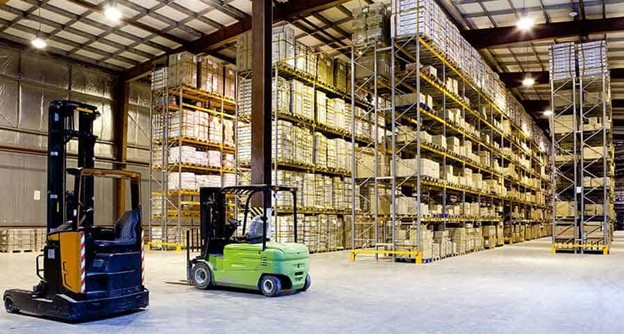


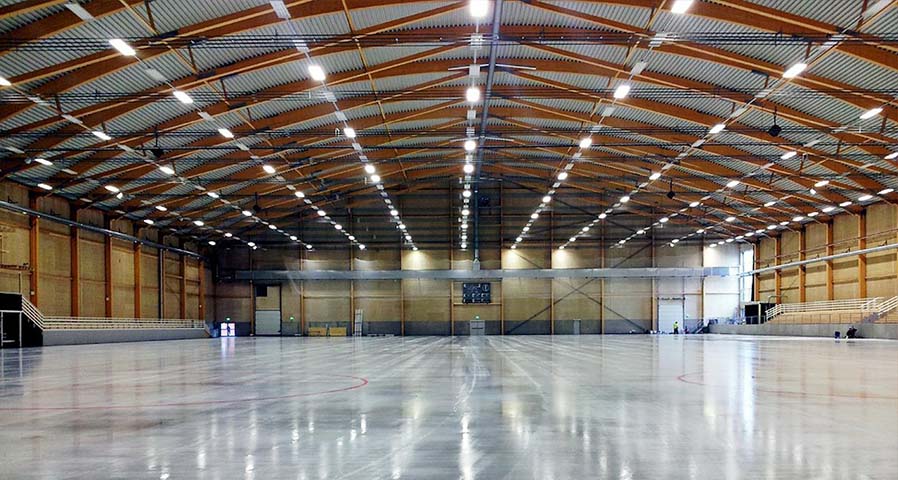








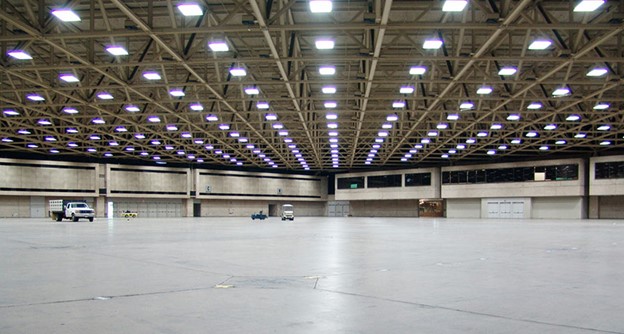

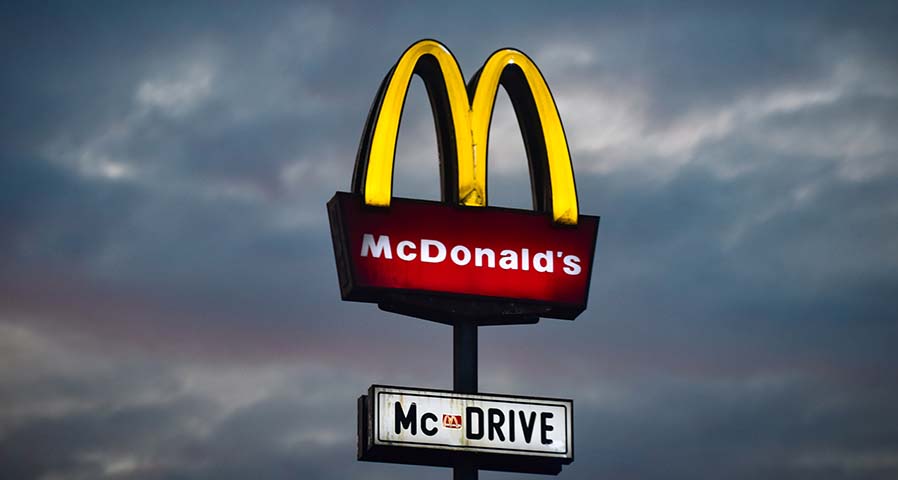

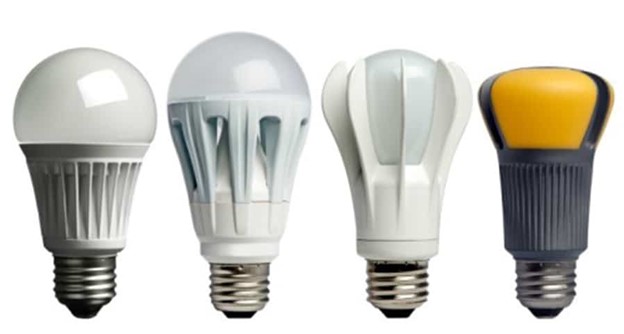
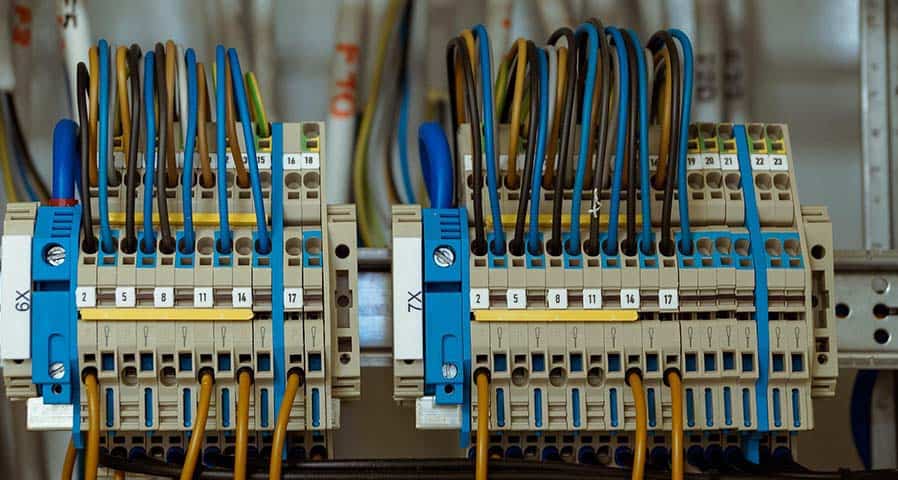



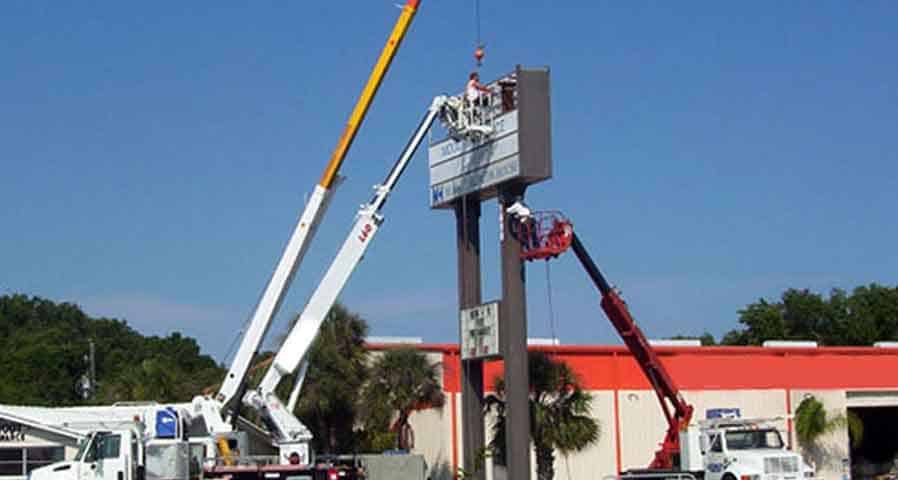

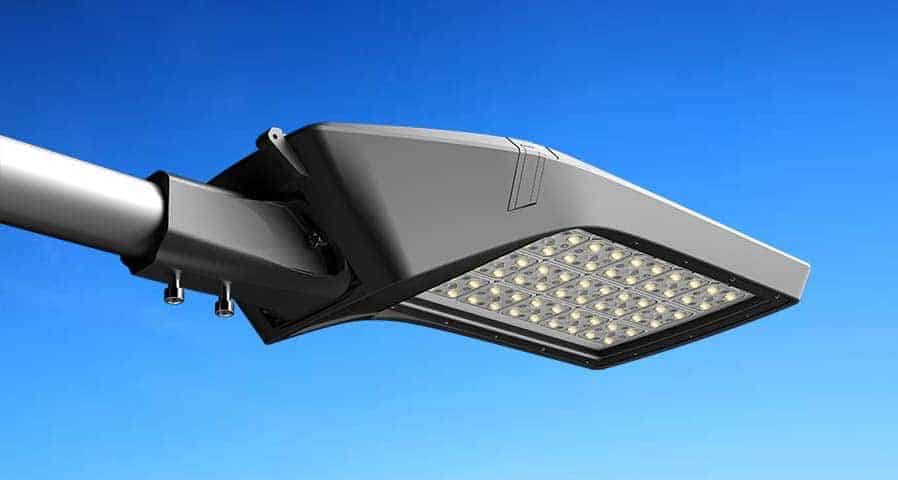


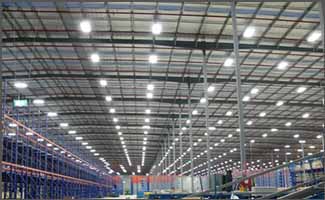








0 Comments